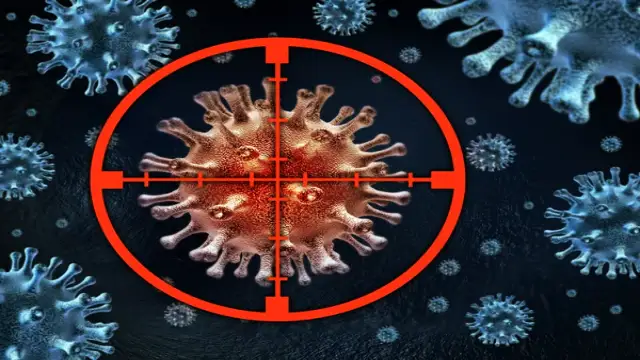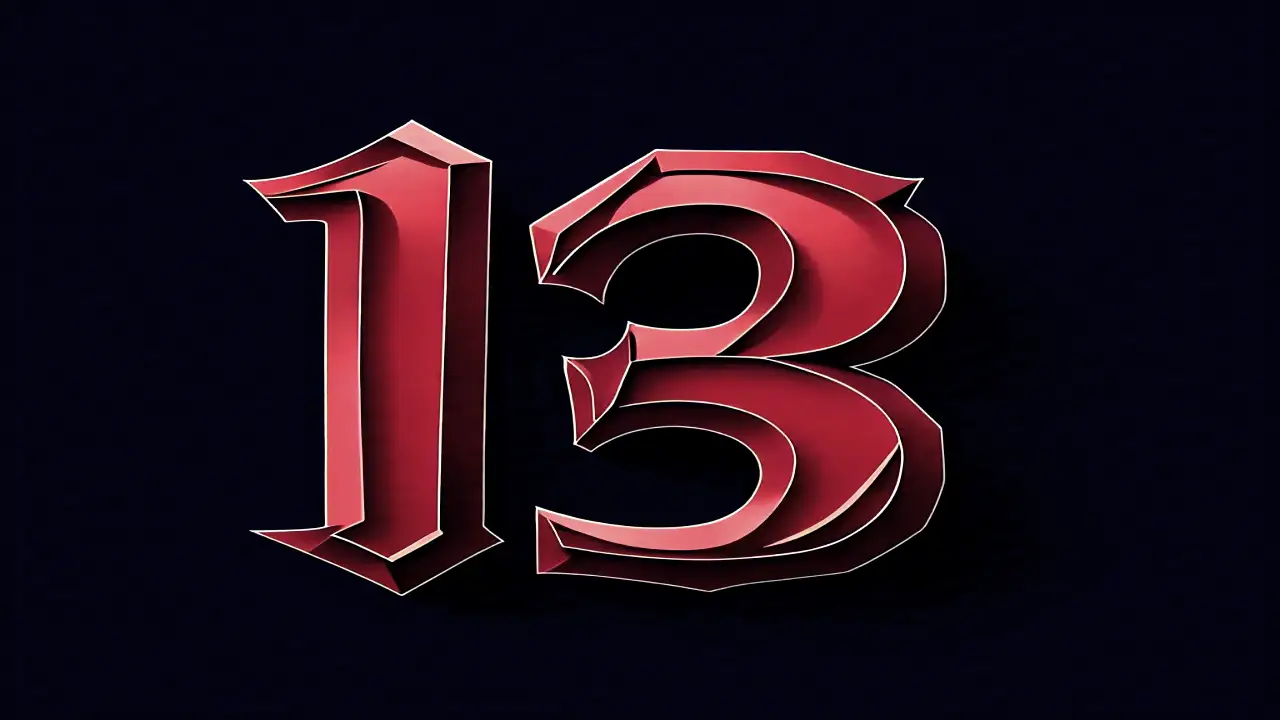Not just junk, keep junior off these 10 nutritionally terrible foods
Key Points
So you make endless mental notes of fried snacks and sweets that your kid gorges on, but what do you know about foods laden with sodium, fat, sugar and other unsavoury ingredients? We run you through 10 unhealthy children’s foods that you’d rather avoid:
1. Fruit snacks
For long, food and beverage giants have been pulling a fast one on you by using the word ‘fruit’ to sell nutritionally suspect products. Fruit cakes or fruit gummies, for instance, are as sugar-filled as a candy. The fact that they stick to kids’ teeth make them a harbinger of cavities.
2. French fries
With the mushrooming of fast food joints, French fries have befriended children’s taste-buds more than ever. The problem with fries is not just the unhealthy trans fats and calories it’s loaded with, but also how easy it is to gobble too much of it at once. Fries are known to dominate the palate to an extent where the child may not really develop a taste for other vegetables. To rein your junior in, try baking your fries at home or rustle up sweet potato fries, which are packed with fibre, vitamin C and potassium.
3. Sugar cereals
It’s no more a secret that most sugary cereals are hopelessly low on fibre and high on sugar. The trick then is to choose cereals that contain less than 10 grams of sugar and at least three grams of fibre.
4. Deli meals
Multiple research say that processed red meat, such as hot dogs or bologna, can up the risk of diabetes, heart disease and colon cancer. Hot dogs, for instance, are loaded with sodium, fat and nitrates which have been linked to cancer. Stick to chicken instead of beef, and if you buy deli meats, go for low-sodium, organic variants that are free of added nitrates. The best option is to always opt for fresh meat.
5. Sweetened drinks
Almost all the hype around the health risks that soda poses is sadly true, and more so for kids. Drinking soda or cola increases their odds of developing type-2 diabetes and ending up obese. Not to mention the cavities they will cause. Fruit drinks too can be just as bad as soda. Scientists say that if they aren’t made from 100 per cent juice, their nutritional worth is as low as soda. In any case, limit your child’s intake of packaged fruit juice, and encourage her to drink a lot of milk and water.
6. Granola bars
They have been hailed as the ultimate health snack, but many varieties of the granola bars have ingredients that make them more of a dessert than a nutritional delight. The catch is again on the cover. Hunt for bars that contain at least two grams or fibre and less than 10 grams of sugar, and also for those that have little or no saturated fat, and no high fructose corn syrup or artificial sweeteners.
7. Sports drinks
Your child might be drained after that gruelling session of cricket or badminton, but don’t let him or her glug down sports drinks. Kids can become easily used to the taste and stop preferring water. Whip up a glass of chocolate milk instead, as it packs just the right mix of protein and carbs to help repair muscle.
8. Honey
Until she is at least a year old, don’t give your child honey as they can contain spores which can cause botulism — symptoms include dry mouth, vomiting, paralysis, and breathing problems. Since infants have immune systems that are relatively weak, they’re at the highest risk for botulism. This is why doctors often recommend that babies avoid products that contain honey.
9. Packaged noodles
Not only are noodles low on nutrition, they come with a lot of sodium. Children between the ages of two and three should have no more than 1,000 milligrams of sodium per day, while kids up to age eight shouldn’t exceed 1,200 mgs per day. However, one serving of most packed noodles or pasta has more than half of a child’s recommended limit.
10. Cheese
While cheese is a fabulous source of calcium and protein, you need to watch your child’s portions. A slice of cheese can contain over 100 calories and 10 grams of fat, so regularly having more than that for a snack can add the numbers up fast. The daily recommended amount for dairy is two cups for age 2-3, and two-and-a-half cups for age 4-8. Just one-and-a-half ounces of cheese counts as one cup of the recommended amount of dairy.
For questions specific to your health conditions, please write down in the comments section and we will answer it as soon as possible. Thanks





















